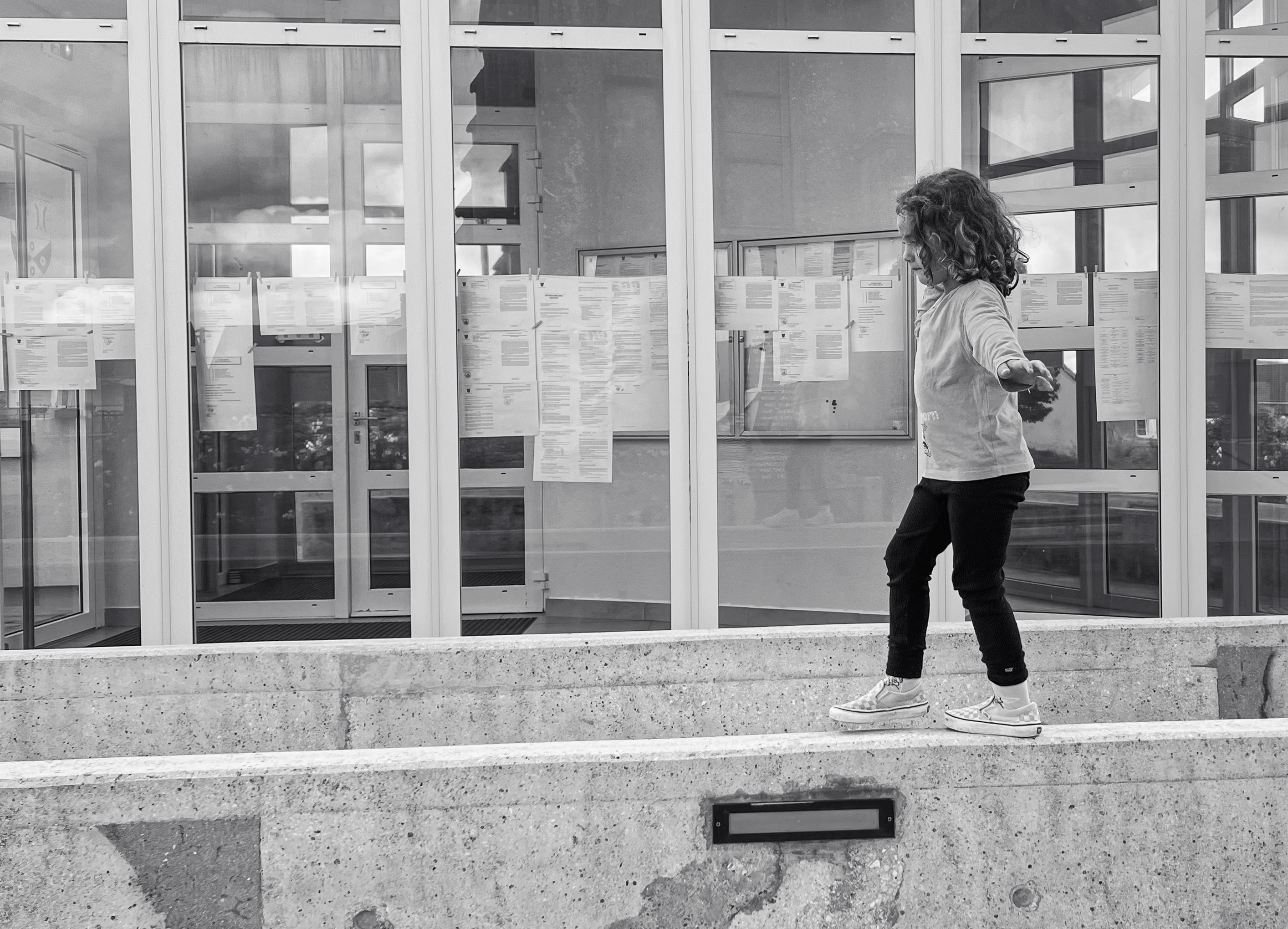An article by Barry He
In Finland, nursery children as young as 4 are encouraged to play out in the forest snow in minus 30°C conditions. In Hawaii, young teens are left to explore and take risks hunting and tracking, often unsupervised, in official funded programs.
Research shows such initiatives not only lead to stronger immune systems and well-being scores in children, but also robust stress resilience stemming from early exposure to risk.
Yet in the UK health and safety bureaucracy has increased year by year, leaving such activities unimaginable in contemporary educational settings.
The result? A nation of stressed, disengaged kids glued to their screens, unwilling or worse discouraged, from exploring their environment and learning boldly through trial and error. Regulations within the UK have stemmed outdoor options for our youth, with British playgrounds becoming steadily more reserved over the decades while our Danish and German counterparts sometimes boast structures reaching ten metres in height.
The sport of parkour offers a powerful remedy. By tackling concrete obstacles and conquering more challenging jumps each time, parkour develops a healthy attitude towards risk taking in a way no other sport can.
Countless studies show that risky outdoor play supports cognitive, emotional and physical development in children. Managing uncertainty and risk is vital in building emotional resilience and self-esteem through repeated failures.
Many parkour athletes will relate to this concept with nostalgic fondness. Any one session can consist of dozens of falls before success. “Bouncing off”, “muscle up” or “catting” their way to safety each time, these are innovative techniques designed to protect the athlete from harm. Decades of trial and error produce this hard-won biomechanical knowledge, which is becoming increasingly influential in conventional sports such as gymnastics and climbing too.
In our parkour classes, parents often ask if their child could get hurt. The short answer is yes. Cuts and scrapes are inevitable in any sport, however it is worth noting that parkour is statistically safer than rugby or football, where players must account for unpredictable movements of another player. Watching a child push their limits and manage risk as their skills grow is one of the great joys of coaching.
Exploring surroundings is a uniquely rewarding aspect of parkour. The activity encourages a connection with the urban environment, where 85 percent of us reside. Cities offer a near limitless supply of physical “spots”, with some so distinctive in character and daring originality that they become an international rite of passage for parkour tourism.
“Imax 1 & 2” in London or “Manpower”, in the Parisian suburbs of Lisses, continue to attract new generations of athletes, keen to prove themselves on hallowed ground steeped in decades of legendary status.
Our dynamic cities are constantly changing. Unlike a rock climber’s route where mountains remain unchanged for millennia, urban structures are torn down and built up daily. Parkour turns our towns into an expansive, self-updating fitness facility, a goldmine of playful exploration for the curious.
A culture of risk-aversion entrenched in layers of bureaucracy now dominates the UK’s educational landscape. This comes at a concerning time. A 2024 NHS report revealed that anxiety and stress related conditions in children have now over doubled in the past few years, outstripping existing service capabilities. Parkour not only helps develop individual confidence, but the community it forges through hard training can create lifelong friendships.
Now more than ever we need children to put down the phones and explore. To find something formidable and take a chance. Parkour teaches not only how to fall, but also the resilience to get back up and try again. True safety comes from fortifying the individual, not padding their world.
